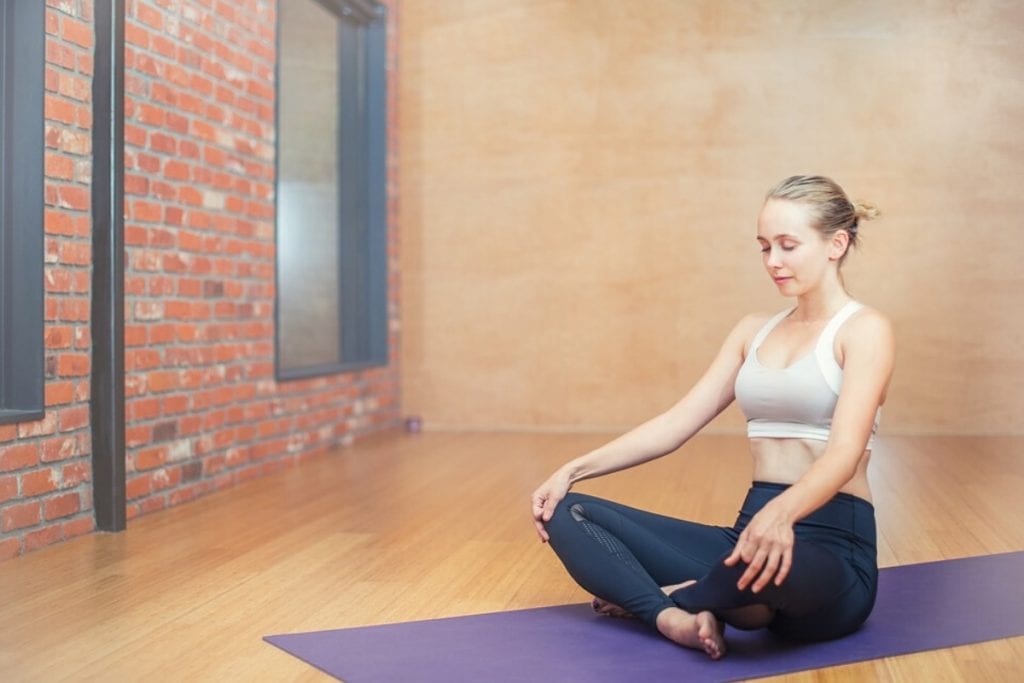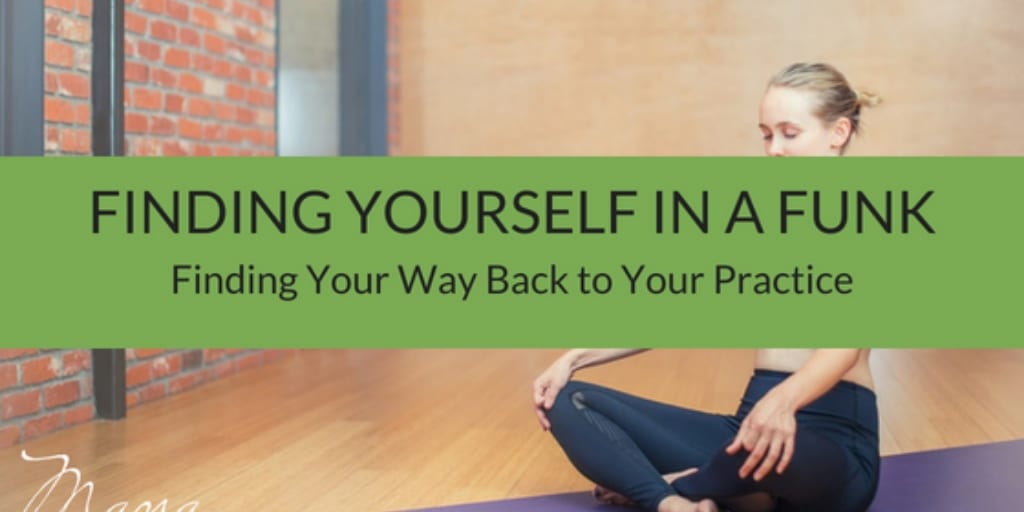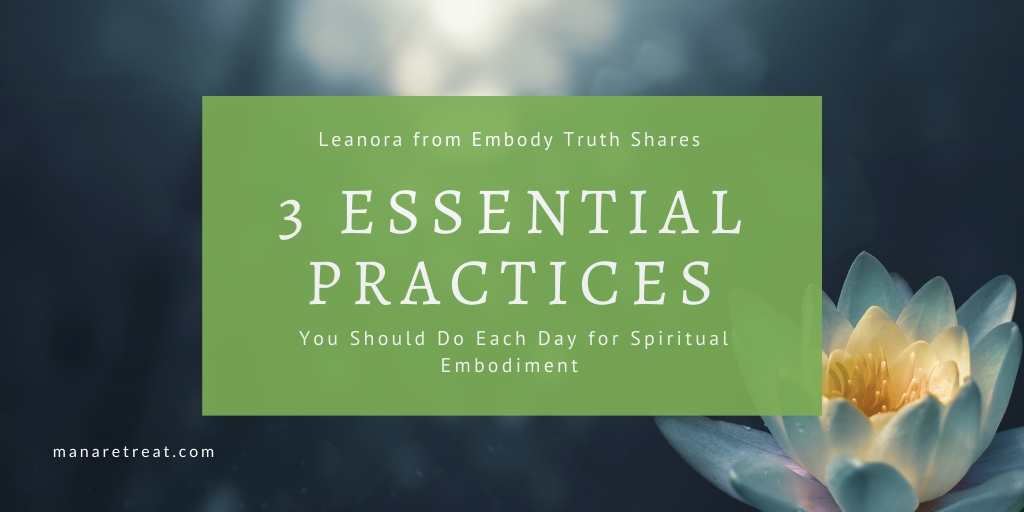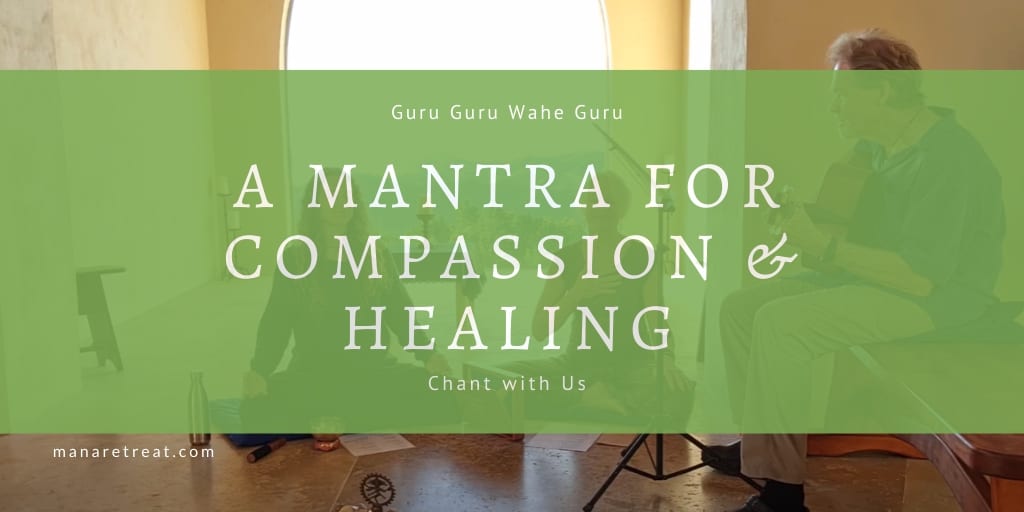Finding Your Way Back to Your Practice
I am no stranger to the yoga funk. And as somone who identifies so strongly with the yogi persona (I write about yoga, edit a yoga magazine and teach yoga) there’s a kind of guilt that comes along with not meeting the percieved expectations of what it means to be a yogi.
Of course that’s just my ego talking, but surely a yogi must wake at dawn every morning and spend at least 90 minutes moving through asana, meditation, pranayama and various other practices (perhaps a little tongue scraping, oil pulling and nasal cleansing). And once upon a time, that’s what all yogis did.
But here we are in the modern, Western world juggling deadlines, domestic duties and a plethora of other tasks that aren’t always compatible with the kind of disciplined practice we dream of. And then there are the lazy days, when you’re tired, unmotivated and just want to sit in your pyjamas all day drinking chai with your head in a novel (we can dream, can’t we?).
Sure, you could probably step onto your mat for a short practice before your day gets going, but what about the mugs still sitting on the bench from last night or those emails that are awaiting your replies?
So instead of committing to the practice that we know will fill us up, leaving us motivated and inspired to take on the day, we end up beating ourselves up, quietly thinking that it would have been easier just to get on the mat.

Finding Yourself in a Funk
Rachel Zinman is one of Australia’s most highly respected and experienced yoga teachers. She has been practicing yoga for 35 years and teaching for 26, and has a dedicated daily practice. She believes that a lack of motivation, or finding yourself in a funk, often relates to a change in life circumstances. She says:
It’s ironic because the whole idea of having a practice is that it goes with you wherever you are and follows you through the changes. Most people don’t see yoga practice like that. They think of it as something that takes up time and headspace. So when circumstances change and they feel overwhelmed they’d rather do other things and they let go of a regular practice.
Although Zinman has maintained a regular practice throughout her yoga journey, she’s experienced life changes that have left her feeling uninspired. “The big crunch for me came when I was diagnosed with diabetes. I felt so defeated and blamed yoga for failing me. I wondered what the point was. I’d done all this work–25 years of daily practice, for what?” During this time, it was the support of her yoga community that encouraged her to keep coming back to the mat.
Another issue, Zinman explains, is a feeling of plateauing in your physical practice. But, the mistake that the practitioner has made in this scenario is the forgetting that when we practice yoga, it’s not about going somewhere. We must let go of the need to achieve in order to experience the real benefits of the practice, which remind us that we are perfect exactly as we are, in this moment. “It’s about bringing the mind into a continuum through the marrying of mind, breath and body so we are free to be with ourselves, wholeness, completeness,” she says.
For Nikki Ralston, a yoga teacher of 18 years, finding yourself losing motivation for yoga practice could mean that you are feeling a sense of lack. She says:
Whenever I get in a yoga funk, it’s an indication that I’m in some ways playing small, thinking small… This is because when I am of an expansive, open mind state, I am in complete awe of my body and inner landscape, my inner world feels as vast and expansive as the starry skies at night.

Discovering Discipline
For many yoga teachers and practitioners, it’s a deep commitment and discipline that keeps them coming back to the mat. Jessica Dewar is a yoga teacher in Melbourne who has been practicing for 10 years and has completed extensive training in India. For Dewar, discipline and ritual are the tricks to maintaining a consistent practice. She says:
I give myself no option but to continue my practice. As an Ashtanga student, the consistency and discipline of the practice leaves me (in my mind) no option but to get up and start–no matter how bored, tired or lazy I feel. My respect for myself and the practice comes above everything else.
Mandy Scotney is a teacher at Sydney’s BodyMindLife who developed a passion for yoga a little later in life, discovering a dedicated practice in her late thirties.
For me, it’s a combination of discipline (because some days you’d rather stay in bed), making time for it by scheduling my practice into my diary (and making it a priority–I always put my practice before my teaching. My view is if I’m not practicing, I shouldn’t be teaching), and falling in love with the practice over and over again by trying to keep a beginner’s mind.
Hollie Bradley is a yoga teacher and founder of Omm Collective, a new yoga business app especially for teachers. She emphasises the importance of attending group classes when the motivation to practice at home is lacking, and finds that even the least experienced teachers have something to offer. She says, “Their inspiration is fresh and their sequences generally unpredictable which is really refreshing. I tend to take this new enthusiasm into my home practice by playing a new playlist and just getting creative again.”
Other yogis believe in integrating the practices into your day, however you can.
Angela Mallock, a yoga teacher in New Zealand, likes to create mini rituals that entice her to her practice throughout the day. “From expanding my awareness, opening my eyes to pranayama, spinal twists in bed and steeping jasmine tea while I flow in whatever postures my body is asking for on my mat with soft music. Even getting dressed, I balance in different postures to put on socks and sneakers”, she says.

Erin Pippa, a natural therapist and yoga teacher, agrees with these sentiments. She advises students to “Get out of the mindset that you need to accomplish something on your mat.” She says:
Sometimes my daily practice will consist of me getting into a downward dog to stretch out, and then just holding that for five minutes, then continuing on with my day. Sometimes that one Downward Dog, or Child’s Pose, or Viparita Karani, can lead into its own hour-long flow.
The important thing for Pippa is allowing yourself the opportunity to sit and listen deeply, but not chastising yourself when you waver. She says:
Keep showing up, give yourself the opportunity to do something wonderful, but don’t hate on yourself for getting up and leaving five minutes later. Thank yourself for getting on your mat at all, because some days that will just be the last thing you want to do.
For some yogis, no mat is required, and there are many ways to integrate the philosophies of the practice without asana. Jordan Lee Berger is a yoga teacher with esteemed yoga school Power Living, whose practice at the moment is more about the mindset of yoga than committing to a formal practice. He says:
My body has been reacting adversely to asana for the last month or two so I’ve resorted to being way more curious/mindful about things like [the yogic philosophies of] Yamas and Niyamas and how they can effect my work, relationships and general attitude. Because of this, Ahimsa [non-violence] specifically, I don’t beat myself up when I can’t physically bust out my Half-Bound-Koundinyasana-Backflip-Asana.

For Sydney-based long-time practitioner, physical/movement therapist and yoga teacher Murray Hatton, it’s all about embodying the wisdom of yoga on a philosophical level. He says, “I don’t particularly use asana any longer as a sole ‘practice’ and have not for years now… I move consciously and purposefully every day. That in and of itself I consider my ‘asana’ practice.” Hatton believes in following your own body and responding to how it feels. He explains that like all things, motivation is fleeting, and that “some days laziness and deep rest is required.” He says:
I practice what yoga actually asks of us. No yoga mats and props are required for me to feel great. It’s that simple. That’s the real practice.
Marvellous Motivation
Maintaining motivation for yoga practice looks different for everyone. And just like in our asana practice, there is no one size fits all approach. Some yogis need a strong 90-minute daily practice, and others find that integrating simple practices throughout the day is enough to fill their yoga cup. Zinman says:
I think everyone’s motivator is different but the end result is the same. A daily practice just makes everything better.
I like to think of my relationship with yoga as just that. Sometimes relationships need to be nurtured and nourished, and at other times they need space in order to flourish. When I find myself in the habit of beating myself up for losing motivation, I like to remind myself that although yoga and I may experience time apart, we always find our way back home, and that the magic of yoga can be found in even the simplest of acts. A few deep breaths upon rising. A mindful embrace with a child. A half pigeon between emails or a sensory sunset stroll. And often a formal daily practice can help us to really see and experience the magic in everything else. It’s like Sri. K. Pattabhi Jois said:
Do your practice and all is coming.
Written By Jessica Humphries
Source: Uplift Connect






